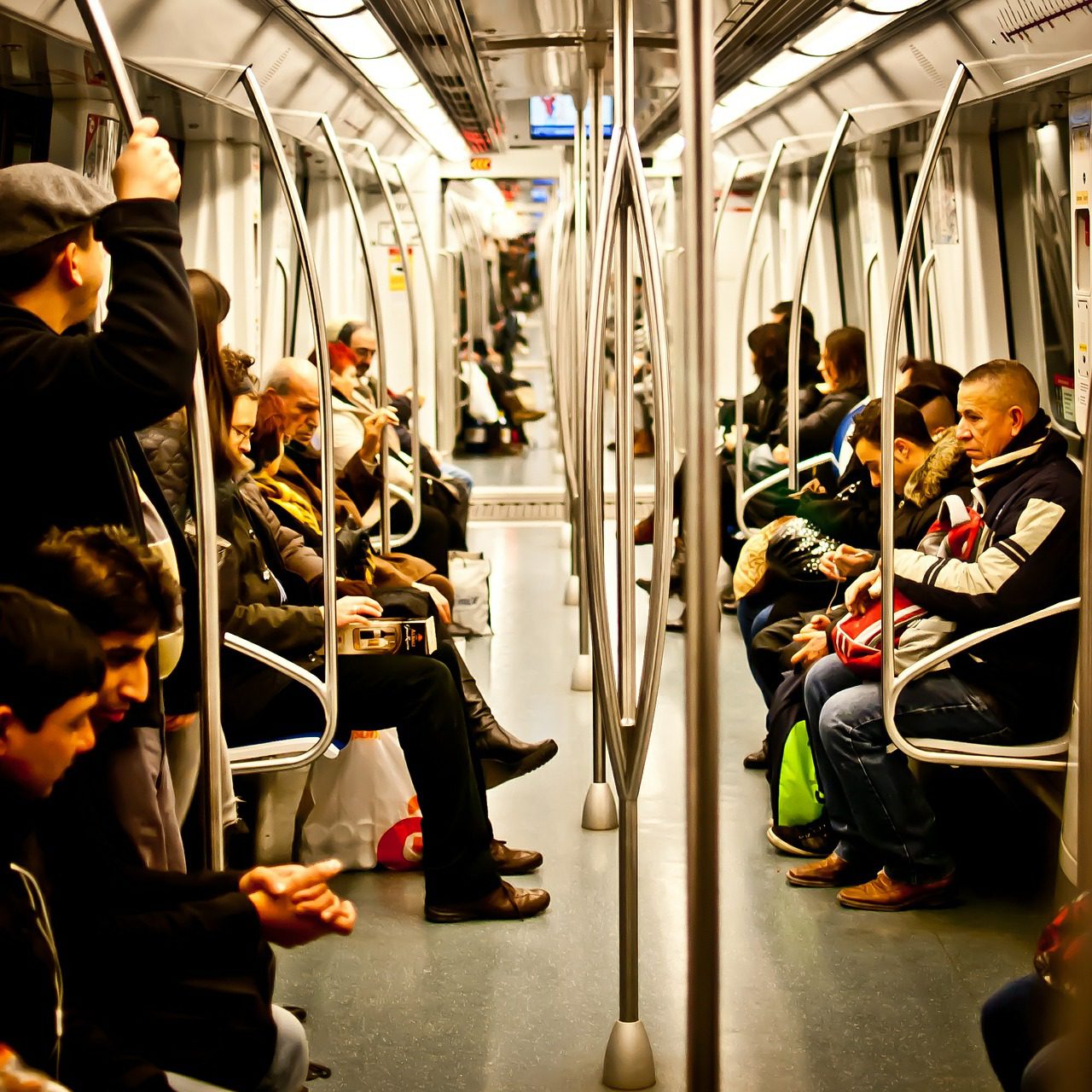Table of Contents
Updated on June 16, 2023
Introduction: The Hidden Dangers of Public Transportation
Have you ever considered the number of germs you might encounter on your daily commute?
Or the bacteria that could be lurking on the seatbelt of your rideshare?
The reality might surprise you. .
But don’t worry, there are effective ways to combat these germs and ensure a healthier journey for your passengers.
Moreover, maintaining clean restrooms at stations and offices with the right products can further enhance the hygiene standards of your transportation business.
So, are you ready to take the necessary steps to ensure a cleaner, healthier ride for your passengers?


Understanding the Threat: Germs in Public Transportation
Every day, countless individuals in Canada rely on public transportation, such as buses, subways, and trains, to navigate their cities. However, these modes of transport are not just vehicles; they are also potential breeding grounds for germs and bacteria.
Subway cars tend to be crowded, with closed windows and minimal air circulation, so there is always a chance of encountering airborne pathogens from a sick passenger. In addition to their usual commuters, subways and buses transport tourists who are exploring the city during their vacation. They may depend on public services like these not just for the transportation, but also to help them have a healthy trip.
Exclusive Transportation Options: Taxis and Rideshares
There are more exclusive ways of getting around too. It is common knowledge that taxis are everywhere and many people ride in them each day. Rideshares, however, are a relatively new kind of transportation, and the idea of them being much filthier than they appear may not occur to most users and their friends when they hop in.
Bacteria Comparison: Seatbelts, Door Handles, and Window Buttons in Rideshares and Taxis
Check out the comparison* of bacteria in each:
- Seatbelts have 1,000,153 colony-forming units (CFUs) in rideshares and 26,000 CFUs in taxis
- Door handles have 1,810 CFUs in rideshares and 1,570 CFUs in taxis
- Window buttons have 5,054,000 in rideshares and 23 CFUs in taxis
Combatting Germs: The Role of Hand Sanitizers and Surface Sanitizing Wipes
Commercial Hand sanitizers and surface sanitizing wipes are convenient, on-the-go products that passengers and drivers can use in most public transportation situations. On buses and subways, hands can be cleaned at the start and end of the ride and seats can be quickly wiped down before becoming occupied. Based on the results, it seems that sanitizing hands before buckling the seatbelt and adjusting the windows could decrease rideshare germs. Surface sanitizing wipes would be useful as well to disinfect the commonly touched areas.
Maintaining Cleanliness: Hygiene in Subway Stations, Bus Stops, and Car Rental Offices
Major subway and train stations, bus stops, and car rental offices not only have to maintain the cleanliness of their vehicles; they also have restrooms to keep up. A few products that can maintain ideal facilities are an inline sanitizer paired with an auto flush system, an commercial hand dryers, and an air fresheners.
Beyond Vehicles: The Importance of Clean Restrooms in Transportation Hubs
A men’s room can stay fresher for longer with urinal hygiene products, while a sanitary disposal units and a feminine products vending machines like Aunt Flow can be equally beneficial in the women’s room.
Family Travel: Infant Care Facilities for the Travel-Weary
As families often travel together, infant care facilities such as changing tables and diaper disposal units can bring the experience above and beyond for the travel-weary. Employees will be happy to have these items available too, and cleaning staff will have an easier time of keeping the restrooms clean and fresh.
Working Together for Safer, More Sanitary Public Transportation
So, are you ready to take the necessary steps to ensure a cleaner, healthier ride for your passengers?
Dive into our article to learn more about hygiene tips that can make a significant difference in your transportation business.
Let’s work together to make public transportation safer and more sanitary for everyone.
*Measurements of colony-forming units in taxis and rideshares were provided by CNBC.
Related posts:
- Hygiene Tips for Your Business: Photography Studios
- Hygiene Tips for Workers in Healthcare Facilities [2024]
- Hygiene Tips for Your Business: Medical Offices
- Hygiene Tips for Your Business: Children’s Play Centers
- Hygiene Tips for Your Business: Retail
- Hygiene Tips for Your Business: Banks and Credit Unions
- Hygiene Tips for Your Business: Health and Country Clubs
- Hygiene Tips for Your Business: Airports
